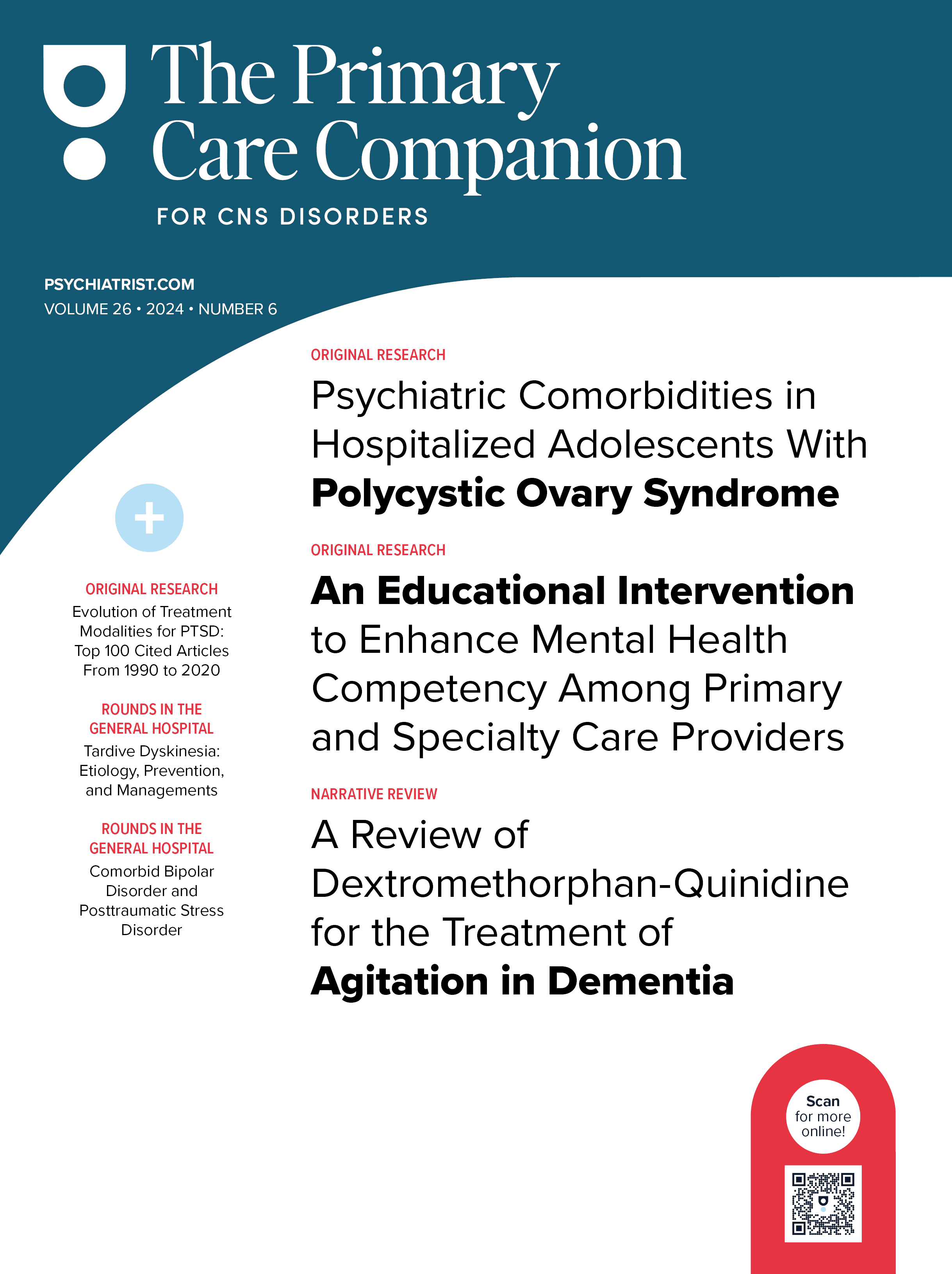Attention-deficit/hyperactivity disorder (ADHD), characterized by developmentally inappropriate inattentiveness, impulsivity, and hyperactivity, is the most common and thoroughly researched neuropsychiatric disorder affecting children and adolescents. The diagnosis of ADHD requires a comprehensive clinical assessment including a detailed patient history, clinical interview and observation, and a thorough physical examination. A variety of other disorders can masquerade as ADHD or coexist with the disorder. The clinician must recognize environmental influences that may affect the severity of symptoms exhibited in the child or adolescent with ADHD. Clinically, treatment with a stimulant can be expected to result in an immediate, often dramatic, improvement in the core symptoms of ADHD. Studies published over the past 20 years indicate that the symptoms of ADHD, which were originally thought to diminish as a child matured, may persist into adolescence and adulthood. This article is a review of the most recent recommendations and clinical data regarding the diagnosis and management of ADHD in children and adolescents to assist with appropriate and prudent clinical decision making.
This PDF is free for all visitors!
Save
Cite



